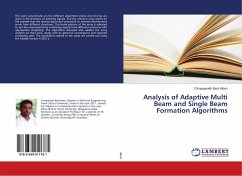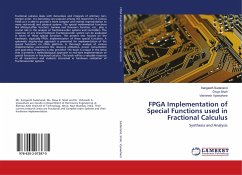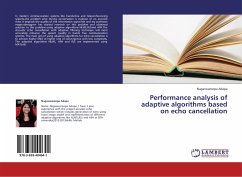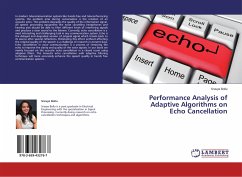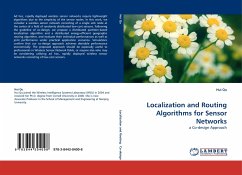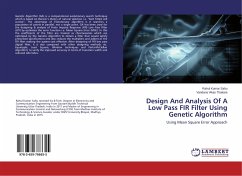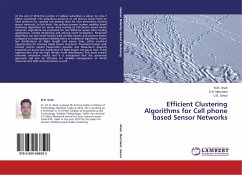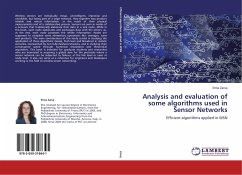
Analysis and evaluation of some algorithms used in Sensor Networks
Efficient algorithms applied in WSN
Versandkostenfrei!
Versandfertig in 6-10 Tagen
32,99 €
inkl. MwSt.

PAYBACK Punkte
16 °P sammeln!
Wireless sensors are individually cheap, unintelligent, imprecise and unreliable, but being part of a large network, they together may produce reliable and robust information, as the result of their physical measurements and of a collaborative process. Sensors are seen as nodes of a network that traditionally elaborate their data in a sink node. While in this book, each node elaborates and exchanges data with the others; so, at the end, each node possesses the whole information. Nodes are supposed to complete some elementary operations like: averages, sums and products. The main contributions ...
Wireless sensors are individually cheap, unintelligent, imprecise and unreliable, but being part of a large network, they together may produce reliable and robust information, as the result of their physical measurements and of a collaborative process. Sensors are seen as nodes of a network that traditionally elaborate their data in a sink node. While in this book, each node elaborates and exchanges data with the others; so, at the end, each node possesses the whole information. Nodes are supposed to complete some elementary operations like: averages, sums and products. The main contributions of this study consist in studying the application of three algorithms: Gossip, Push-Sum and Broadcast in realistic scenarios, represented by non fully-meshed networks, and in studying their convergence speed through numerical simulations and theoretical arguments. This book is intended for graduate students and researches who are interested in acquiring a global view for the protocols where a sensor network can be subjected to failures, at the link level or even at node level. It also can serve as a reference for engineers and developers working in the field of wireless sensor networking.




